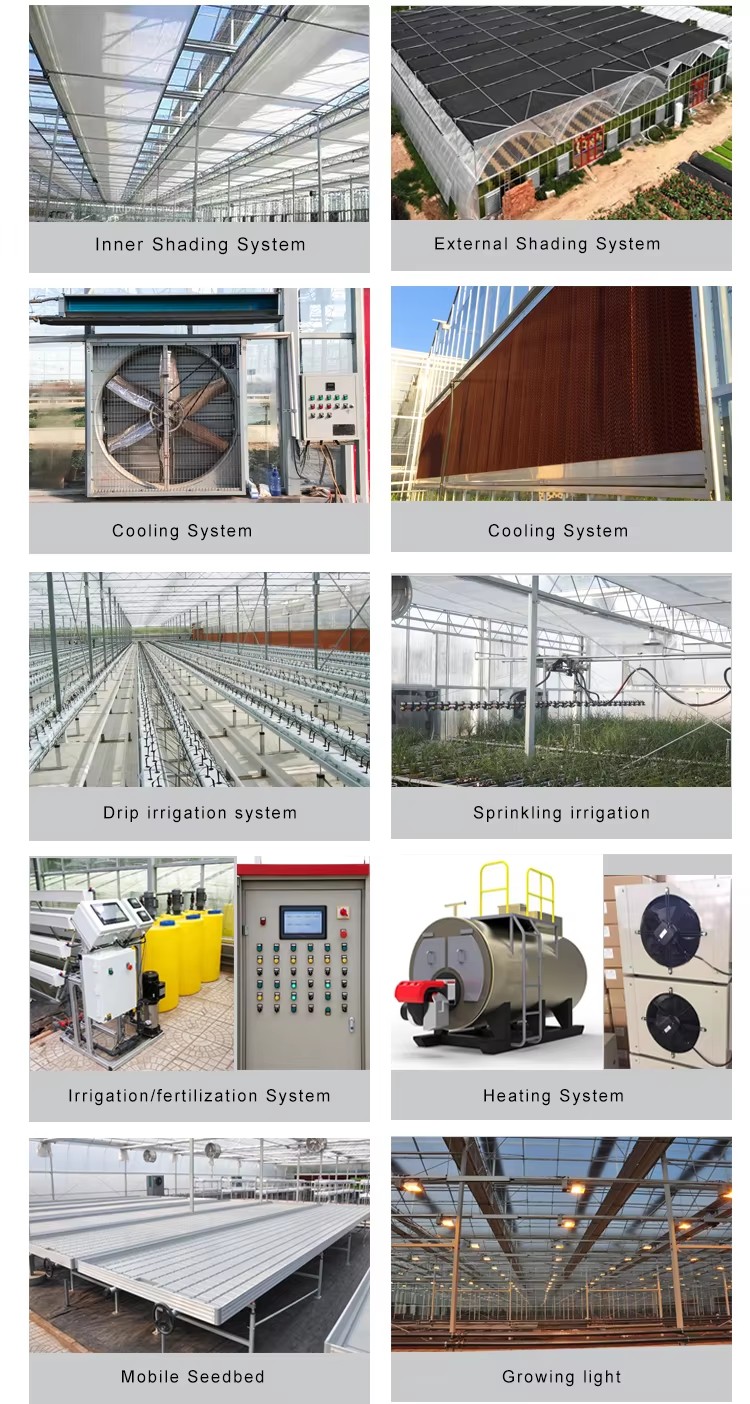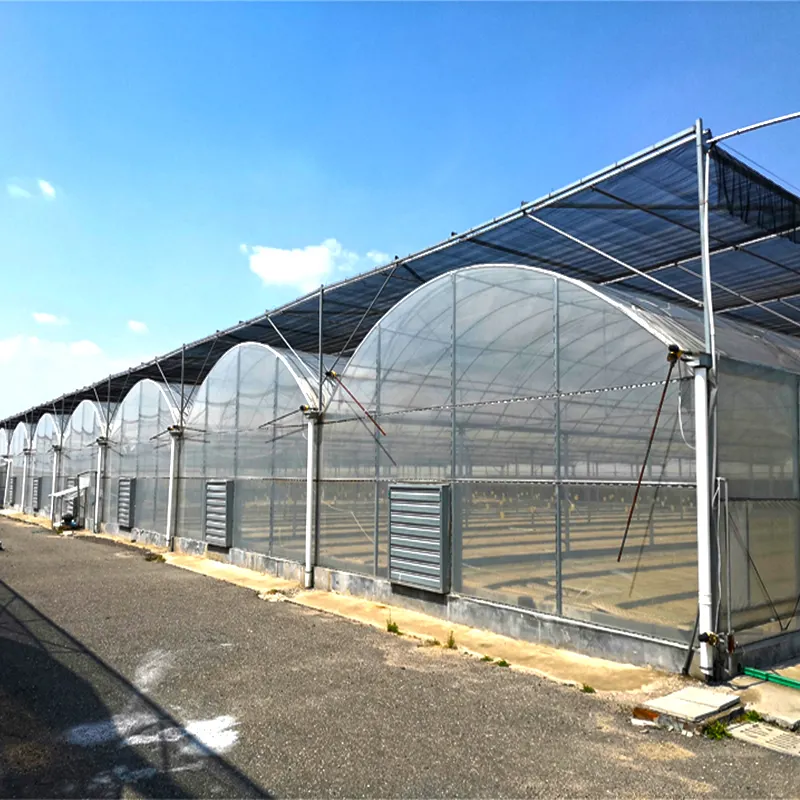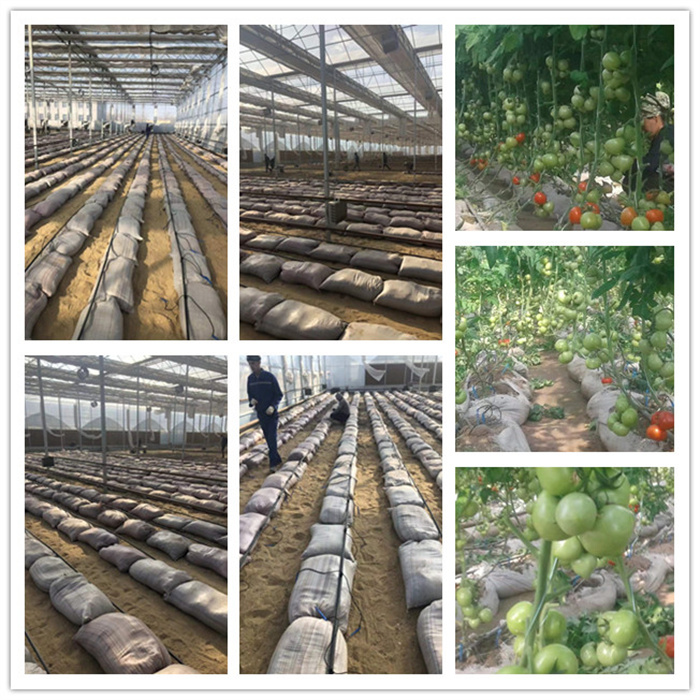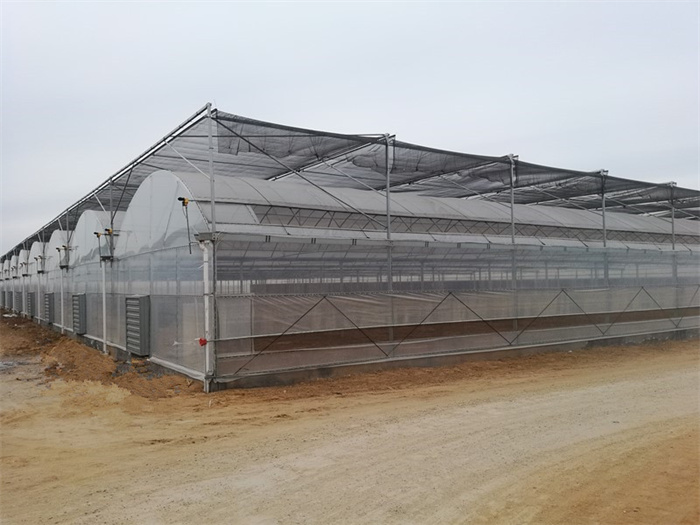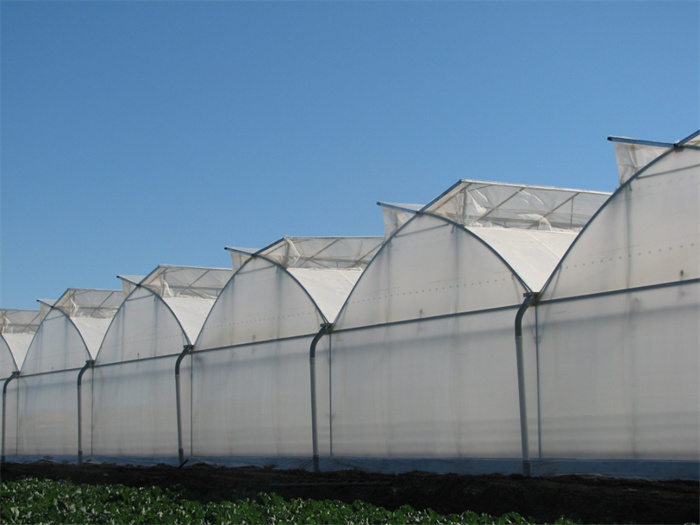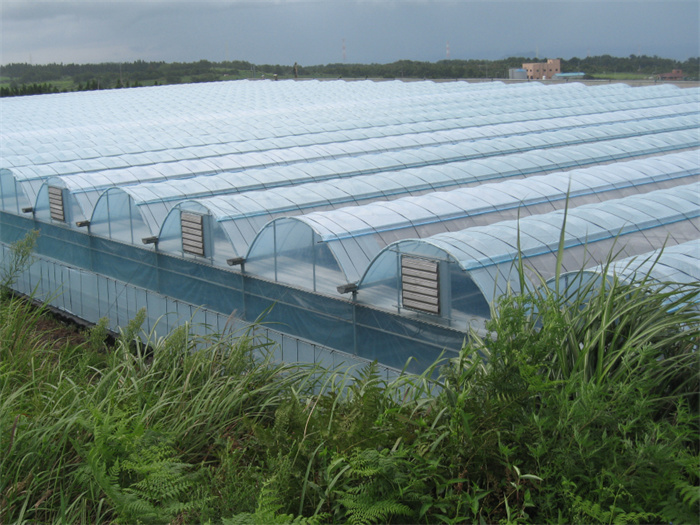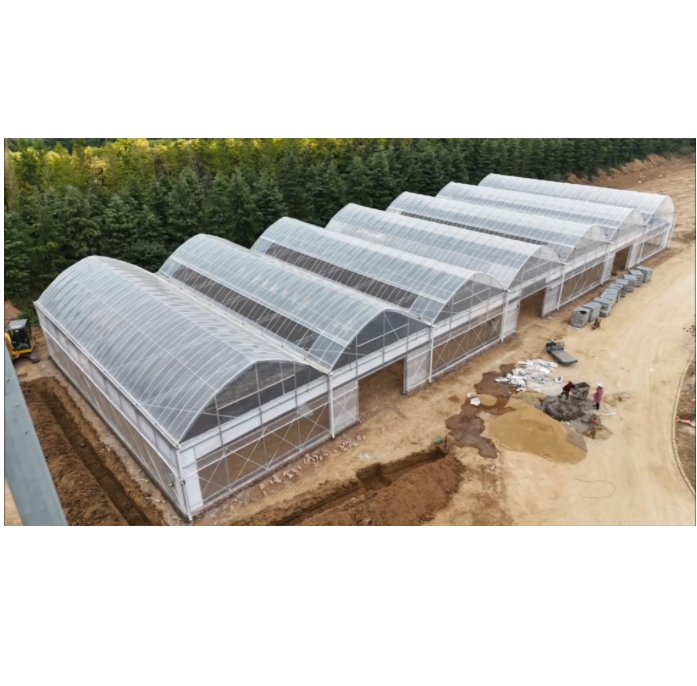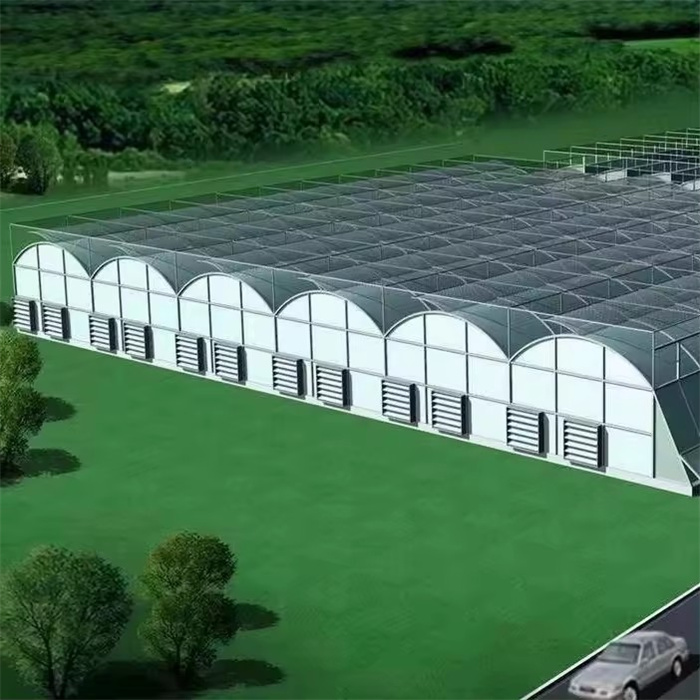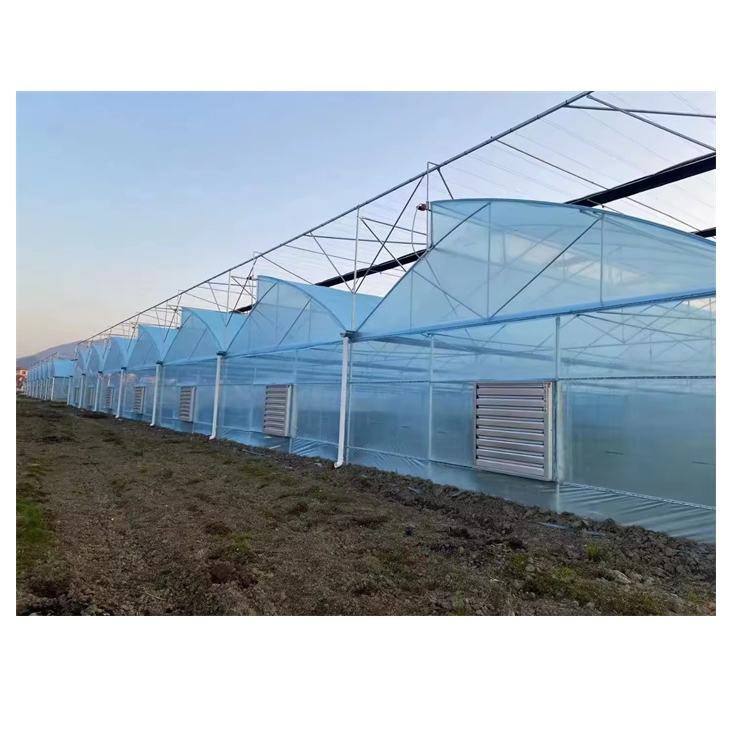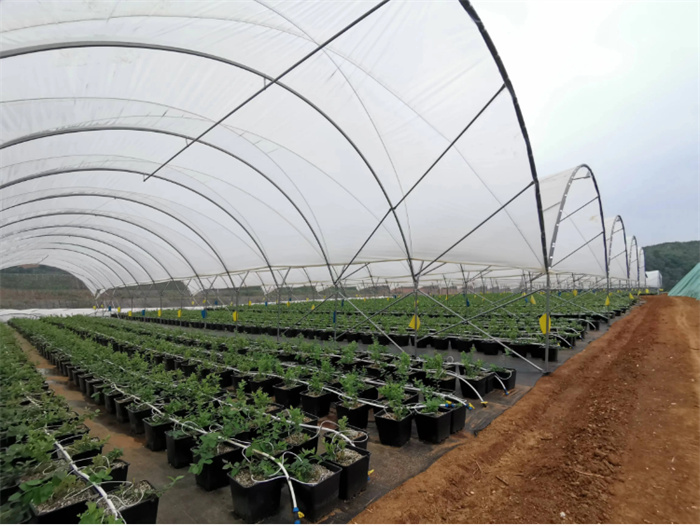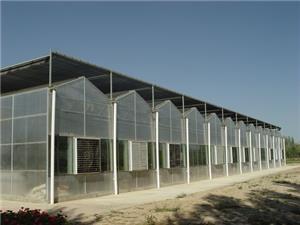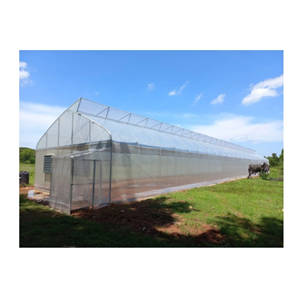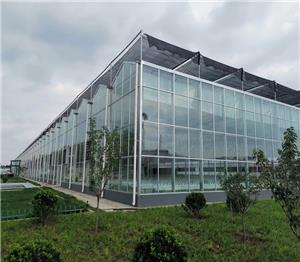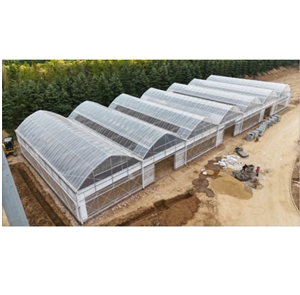Hydroponic Tomato Greenhouse

Hydroponic Tomato Greenhouse
This multispan plastic film hydroponic greenhouse is equipped with an advanced hydroponic system, specially designed for the commercial cultivation of tomatoes and strawberries. The modular structure of hydroponic greenhouse offers high durability, climate adaptability, and efficient use of water and nutrients—making it an ideal solution for high-yield agricultural production.
Hydroponic greenhouse for tomato
A tomato greenhouse is a controlled environment that combines hydroponic farming (growing plants without soil) with greenhouse technology to cultivate tomatoes efficiently. This hydroponic green house maximizes yield, minimizes resource use, and protects crops from pests and weather fluctuations.
The tomato hydroponic green house offers a sustainable, high-yield solution for modern agriculture, combining technology and precision to meet global demand for fresh, year-round produce. By optimizing environmental factors and nutrient delivery, growers by using hydroponic green house can achieve consistent harvests while minimizing resource waste.
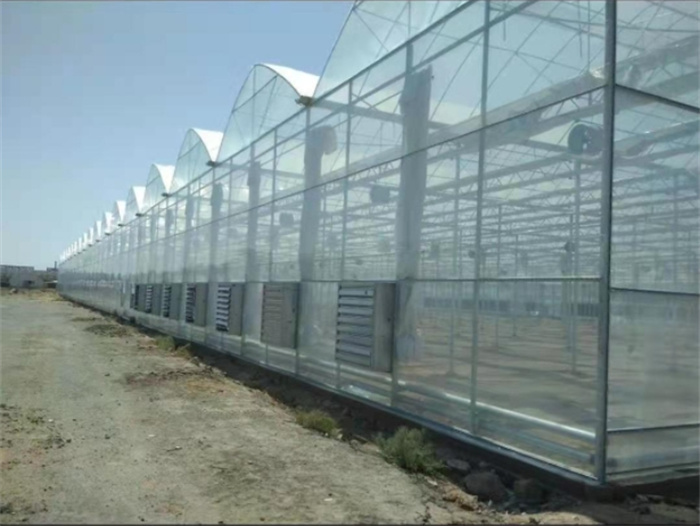
1. hydroponic green house Improve the utilization of land.
2.Convenient construction, Low friction coefficient, high value of utilization.
3. hydroponic green house is Environmental protection.
A. Greenhouse Structure
